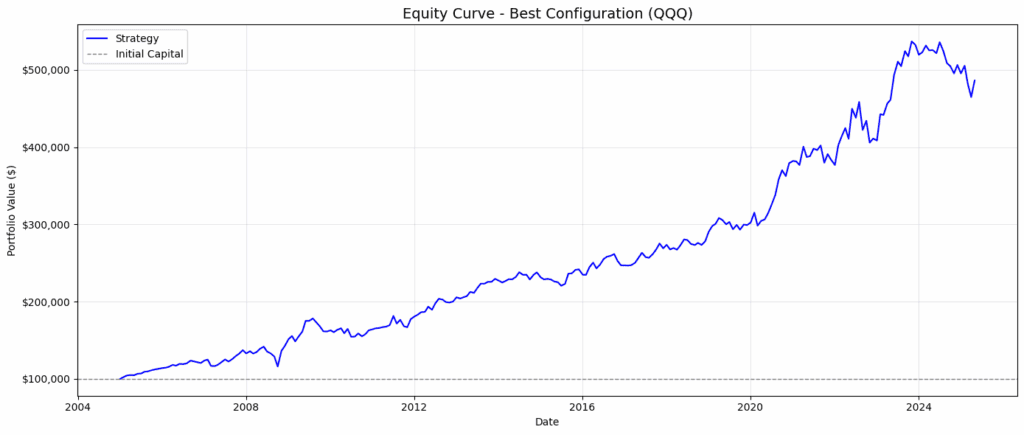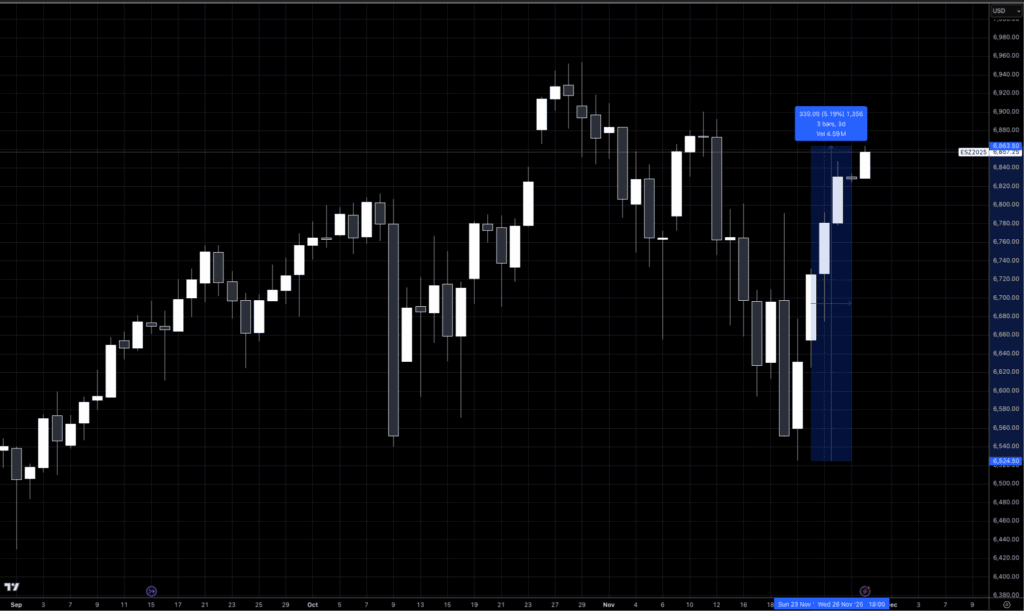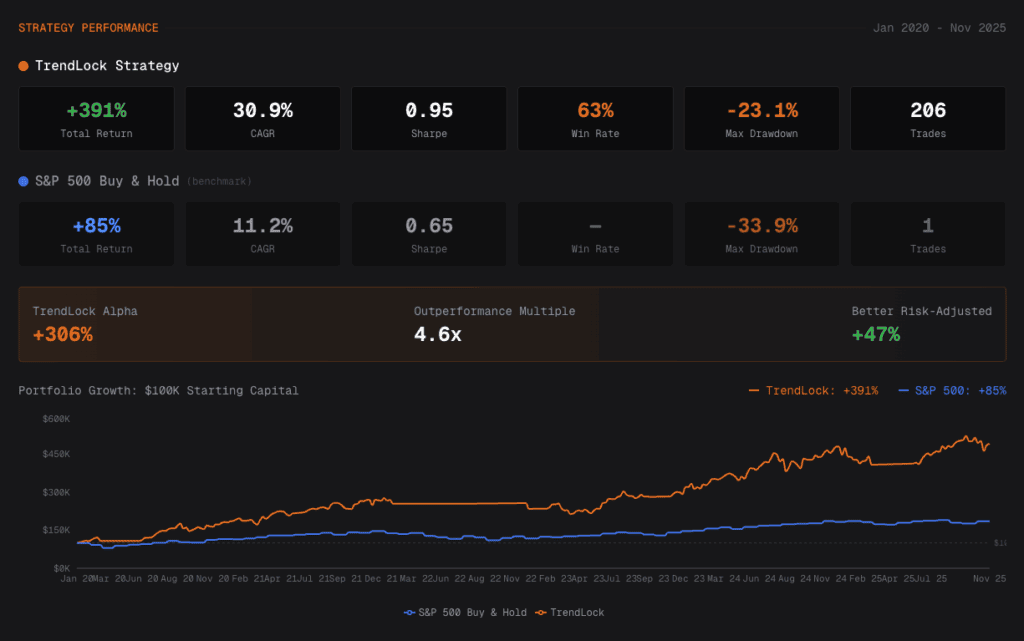John Curran was the former head of commodities at Caxton Associates — the hedge fund founded by market wizard Bruce Kovner.
He wrote a great article in Barron’s titled The Coming Renaissance of Macro Investing. In the piece, John writes about what he sees as the coming paradigm shift in markets and how this shift will lead to the resurgence of macro investing. Here’s a snippet from the article:
In meetings with fund managers, asset allocators, and analysts, I have found a virtually universal view that macro investing—investing based on global macroeconomic and political, not security-specific trends—is dead, fueled by investor money exiting the space due to poor returns and historically high fees in relation to performance. This is what traders refer to as capitulation. It occurs when most market participants can’t take advantage of a promising opportunity due to losses, lack of dry powder, or a psychological inability to proceed because of recency bias.
It’s a great article and I suggest you read it. I agree with his main points, especially that we’re on the verge of a macro renaissance (I’ve written about this quite a bit recently) and how the market is ill-positioned for this. In other words, the consensus is wrong.
Consensus’ in the market has a long history of being wrong. There’s good reason for this.
Expectations become embedded in price. And due to the common knowledge herding tendency of the market, dominant narratives (consensus) eventually become over-embedded in that price. The market becomes priced for a very narrow outcome set so any deviation from this predicted future leads to large price swings.
So while consensus narrative adoption can be self-fulfilling in the short-term (ie, it drives the trend the more popular it becomes) it’s ultimately self-defeating in the end. Because the consensus is built off looking at the past while the future is always changing. And even more importantly, market consensus today always changes the future set of outcomes due to the reflexivity inherent in markets (ie, beliefs today change outcomes tomorrow). Thus we get the boom and bust cycles that George Soros so often talked about.
This is why we want to identify consensus embedded in market prices along with alternative future outcomes and potential catalysts that could shatter this consensus. Popular narrative changes equate to profit opportunities.
The famous hedge fund manager, Michael Steinhardt, wrote about how he and his firm went about doing this in his book No Bull:
I defined variant perception as holding a well-founded view that was meaningfully different from market consensus. I often said that the only analytic tool that mattered was an intellectually advantaged disparate view. This included knowing more and perceiving the situation better than others did. It was also critical to have a keen understanding of what the market expectations truly were. Thus, the process by which a disparate perception, when correct, became consensus would almost inevitably lead to meaningful profit. Understanding market expectation was at least as important as, and often different from, fundamental knowledge.
As a firm, we soon found that we excelled at this… Having a variant perception can be seen benignly as simply being contrarian. The quintessential difference, that which separates disciplined, intensive analysis from “bottom fishing,” is the degree of conviction one can develop in one’s views. Reaching a level of understanding that allows one to feel competitively informed well ahead of changes in “street” views, even anticipating minor stock price changes, may justify at times making unpopular investments. They will, however, if proved right, result in a return both from perception change as well as valuation adjustment. Nirvana.
I’ve been writing lately about how the budding market consensus is that inflation will remain low… and that this low inflation is due to structural reasons (even though no one’s sure exactly what these structural reasons are). The asymmetry to the inflation trade is to the downside; meaning any surprises to inflation will lead to lower numbers.
This is why bonds are priced so high (and yields so low) and volatility is nonexistent because no one is expecting inflation to rear its ugly head.
But I’ve also written how our intellectually advantaged disparate view, as per our Investment Clock framework, is that inflation is set to materially pick up going into the end of the year as we enter the Overheat phase of the investment cycle.
The inflationary pressures that come with this phase will be exacerbated by the largest increase in the global middle class that the world has ever experienced (+$4 billion people will move up in income over the coming decade). We call this the Wealth S-curve Tipping Point and it’s being primarily driven by India and will result in exponential increases in commodity demand in the years ahead.
Not only are the inflationary pressures building but the skewness of the inflationary trade is building, and not in favor of the market’s narrative. And that’s because of the many political developments around the world that could result in inflationary shocks. (Think the scrapping of NAFTA and the increasing use of tariffs or breakout of war.)
So we have a consensus market view of lower inflation for longer. This narrative is driving the financial news cycle, where journalists consciously or unconsciously cherry pick the data to confirm the market belief while ignoring disconfirming evidence. And this further drives the narrative adoption which is being overly reflected in market prices — and these market prices are likely to be wrong.
And I’m seeing many asymmetric opportunities at the moment. Some we’re in and some we’ll be getting into shortly.
John Curran concluded his Barron’s article with the following:
As my mentor, Bruce Kovner [the founder of Caxton Associates] used to say, “Nobody rings a bell at key turning points.” The ability to properly anticipate change is predicated upon detached analysis of fundamental information, applying that information to imagine a plausible world different from today’s, understanding how new data points fit (or don’t fit) into that world, and adjusting accordingly. Ideally, this process leads to an “aha!” moment, and the idea crystallizes into a clear vision.
Winners anticipate changes before the market. Right now the market expects low inflation and low volatility for longer. We’re anticipating and positioning otherwise.
If you’re interested in seeing how we’re positioned, check out the Macro Intelligence Report (MIR) here.







